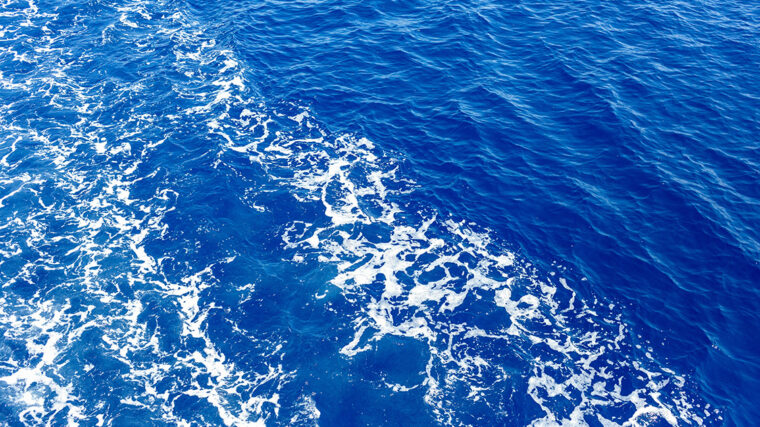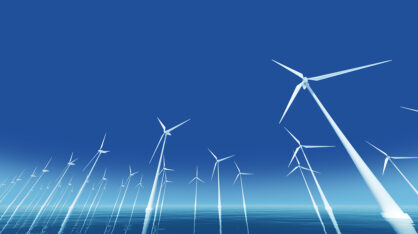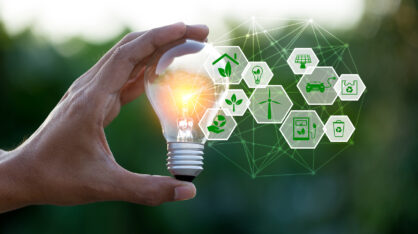Introduction
The role of renewable energy is undebatable in the present-day energy mix. Renewables have not only replaced certain traditional forms of power generation but have also triggered the development of completely new ecosystems such as smart grids, Long duration energy storage, and have become major drivers of Energy Systems for Low Carbon Society, as discussed in the linked articles. Two main challenges faced in energy generation with renewables are that they are somewhat unpredictable, due to weather dependency, and that their power output is on a rather smaller scale.
The purpose of this article is to provide some information relating to power generation from hydroelectric dams and another source of hydro energy namely tidal power. Hydroelectric dams and tidal energy are amongst the oldest forms of renewable energy technologies. Where the hydroelectric power generation technology maturity level is quite high, tidal power projects are still in the research and development stages. In the coming years, we will see an exponential increase in investment in coastal tidal power projects.
Share and Sources of Renewable Energy
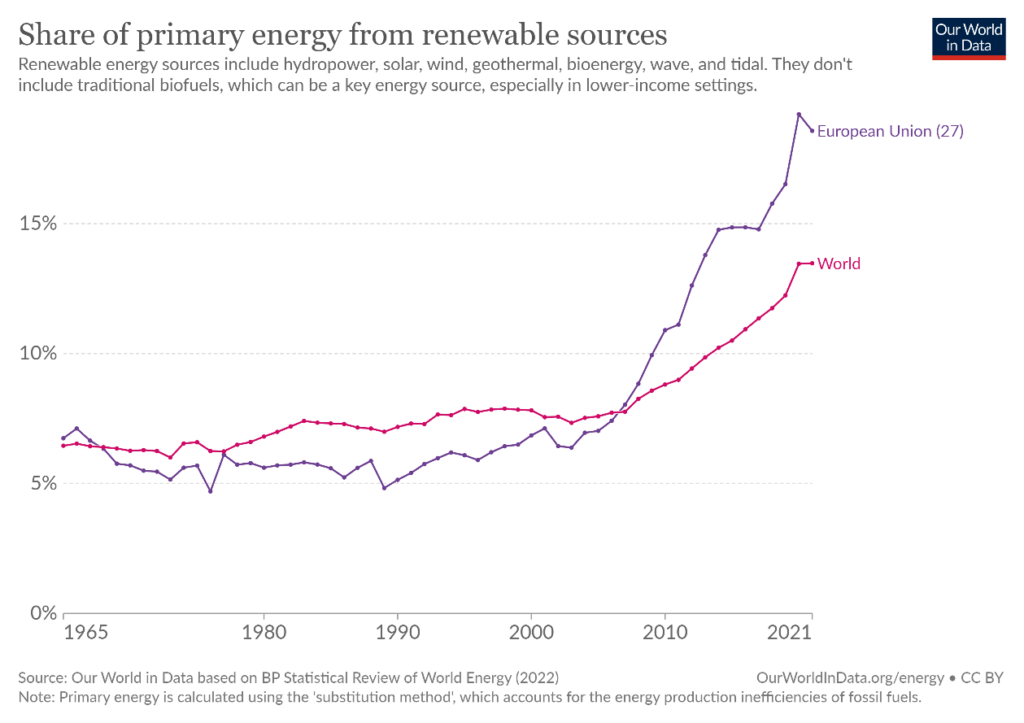
Before the 2000s, less than 10% of energy production came from renewables, both in EU(27) countries as well as worldwide. The downside to this has been that almost three-quarters of global greenhouse gas emissions and large amounts of local air pollution directly result from the use of fossil fuels in energy production. With the awareness to reduce CO2 emissions and local air pollution, global efforts to rapidly shift towards low-carbon sources of energy – nuclear and renewable technologies have changed the energy production scenario. During the past decade, the share of renewables as a source of energy has steeply increased. In the year 2007, 8,03% of the total energy produced in the EU (27) countries and 7,76% worldwide, came from renewable sources. By the end of the year 2021, the share of renewables has increased to 18,57% in EU (27) countries and 13,47% worldwide as shown in Figure 1 (Ritchie et al., 2022).
Renewable energy will continue to play a key role in the decarbonization of energy systems in the coming years. It is therefore interesting to look at the breakdown of the energy mix with renewables by their components. The share of Wind energy has increased from 356 TWh in the EU(27) and 31,16 TWh worldwide in the year 2000, to 389TWh (EU27) and 1 848,26 TWh worldwide by end of 2021. Hydropower however maintains its lead position as the renewable energy source at 4 226,34 TWh worldwide and 344TWh in EU(27) countries, as seen in Figure 2 below (Ritchie et al., 2022).
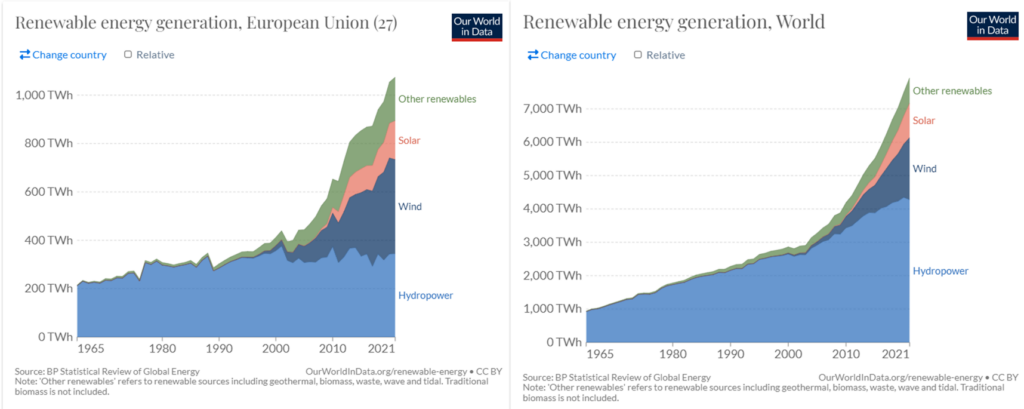
Hydropower in numbers
Hydropower generation experienced a 0.4% decrease in 2021, with a 15 TWh fall to 4 327 TWh. This was due to arid conditions in multiple areas of the world during 2020-21. Even so, hydropower remains the biggest form of renewable electricity generation, providing more energy than all other renewable sources combined. In the Net Zero Emissions by 2050 Scenario, hydropower will need to increase its production by 3% per annum from 2022-2030 to reach around 5 700 TWh of electricity annually. Hydropower plant technology is time-proven, and reliable and should be viewed as a dependable foundation of emission-free power sources that can provide power on large scales over many decades into the future (IEA, 2022).
By 2020, the worldwide installed capacity reached 1,330 gigawatts (GW), with China, Brazil, the USA, Canada, and India maintaining the lead as the largest hydropower producers by installed capacity, followed by Japan, Russia, and Norway, as seen in Figure 3 below. US$ 50 billion worth of investments were directed into hydro or pumped hydro projects in 2019. The global weighted average cost of electricity from hydropower projects in 2018 was US$0.047 per kWh, making it the lowest-cost source of electricity in many markets (IHA, 2022).
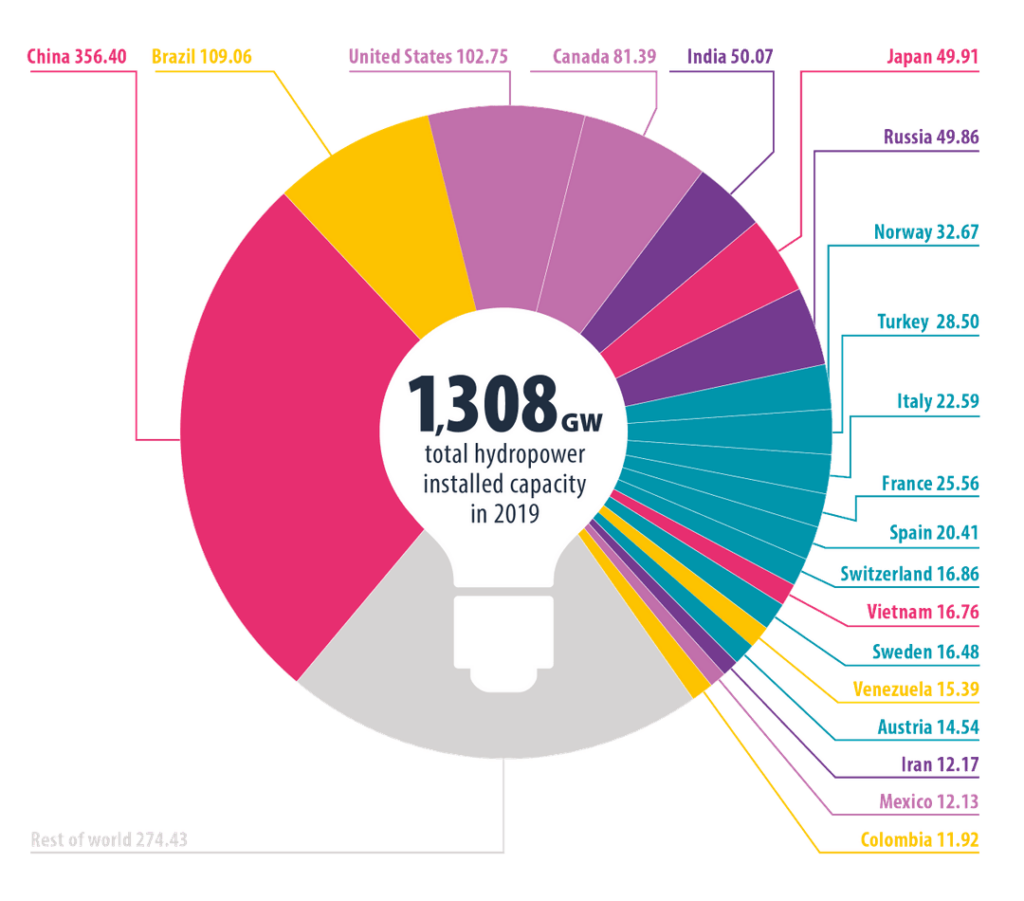
Hydropower projects
Hydropower is a key asset in secure and emission-free electricity generation, important in reaching global net-zero targets. Hydropower plant projects are massive undertakings spanning several years. One such example is the Keeyask Hydropower Generating Station, based in northern Manitoba, Canada in the Gull Rapids area on the Nelson River, which is developed together with Manitoba Hydro and four Manitoba First Nations and is together. The project is known as the Keeyask Hydropower Limited Partnership. Groundbreaking on this project began in 2014. The first generator entered commercial operation already in February 2021 and the final unit of Keeyask’s seven units was operational on March 9th, 2022. During the nine-year construction, the project employs approximately 2500 people like electricians, laborers, millwrights, heavy equipment operators, truck drivers, and, for example, cement finishers. (Manitoba Hydro 2022)
The plant has seven powerhouse units on the northern side of the Gull Rapids, seven-bay spillways on the southern side, and more than two kilometers of dams across the entire Gull Rapids. The project has also around 23 kilometers of dikes built on both the northern and southern sides of the reservoir. The plant has a generating capacity of 695 MW which generates enough electricity to power 400,000 homes. The electricity of the plant will be integrated into Manitoba Hydro’s electrical system to be used in Manitoba’s area but also for export (Keeyask, 2018).

Tidal power
Tidal stream electricity has the potential to become one of the most viable and reliable sources of renewable energy in the world and is especially believed to become a piece of the renewable energy pie. The benefit is leveraging the rise and fall of oceanic tides to capture potential or kinetic energy and convert it into other energy forms, such as electricity. There are also two different methods of harnessing tidal power. The first one resembles a hydroelectric dam, called tidal barrages, and the second one relies on underwater turbines that have blades rotating as water flows by, powering a generator in the process. Tidal power is thriving in some countries, such as Scotland and UK. Tidal power is extremely reliable as some currents may be predicted even a hundred years in advance. Tidal energy is also hardly influenced by weather conditions giving it good prospects (MIT Climate Portal, 2022).

The tidal energy range can be seen above in Figure 5. It shows that the coasts are the best areas to locate this type of energy. Studies have found especially countries such as Australia, Canada, the UK, and the USA, France, alongside Easter Africa, Spain, and Norway to be the best areas for this (IRENA, 2014).
Tidal power projects
Sihwa Lake Tidal Power Station is located in north-western South Korea. It was originally built in 1994 as a 12,7km seawall across Sihwa lake, an artificial lake, to control floods and provide reclaimed land for the nearby metropolitan area and create a reservoir to provide water for agricultural purposes. The seawall was converted into a tidal power station between 2004 – 2011 and is owned and operated by Korea Water Resources Corporation. It is said to reduce South Korea’s petroleum imports for the country’s electricity generation by almost one million barrels annually, which cuts carbon dioxide emissions by over 300 000 tons per year (Susantono, 2019).
The cost of this power plant was around 560 million dollars. The power station’s official installed capacity is around 254 MW and its yearly output around 550 GWh making it’s the world’s largest operating tidal power station. Approximately 160 million tons of water flow in and out of the floodgate and waterwheel, which is around half of the total water quantity in Sihwa Lake. The continuous circulation of water between the lake and the outer sea during the power generation process has improved the water quality. The construction improved the environment which is a great plus to the project. It is, for example, a home for various bird species, some being protected. The station also improved its immediate environment and made the area more accessible to the public (IHA, 2016)
Conclusion
Hydropower’s flexibility and its capacity to store energy are important factors in tackling climate change. Hydropower is not only a low-emission renewable source of energy but also a versatile power source. Responsibly handled hydro projects lead to effective water management and energy self-sufficiency for several decades.
Tidal power also referred to as “Ocean energy”, has huge potential in becoming a mainstream energy generation source. In the UK alone, an initiative was taken in the latter part of the year 2021 to invest £20M exclusively in tidal stream and ocean energy(Ocean Energy, 2021). In coming years we will see more research being done in both advancing the technology in tidal energy retrieval as well as studying the environmental effects of tidal power projects. The most attractive factor behind tidal energy is that the currents are highly predictable and the investments needed are relatively smaller as compared to hydroelectric dam projects.
In the near future, the energy revolution will be headed by multiple renewable energy generation sources, all synchronized with distributed energy storage systems, to bring stability to energy demands and carbon neutrality.
